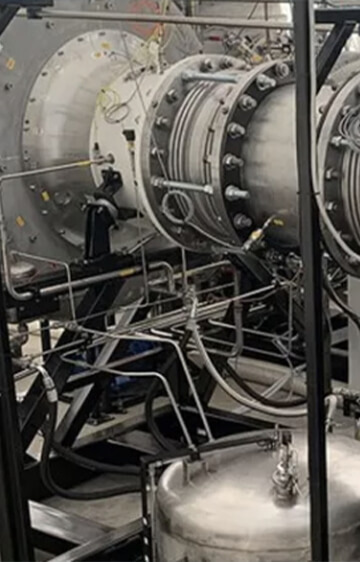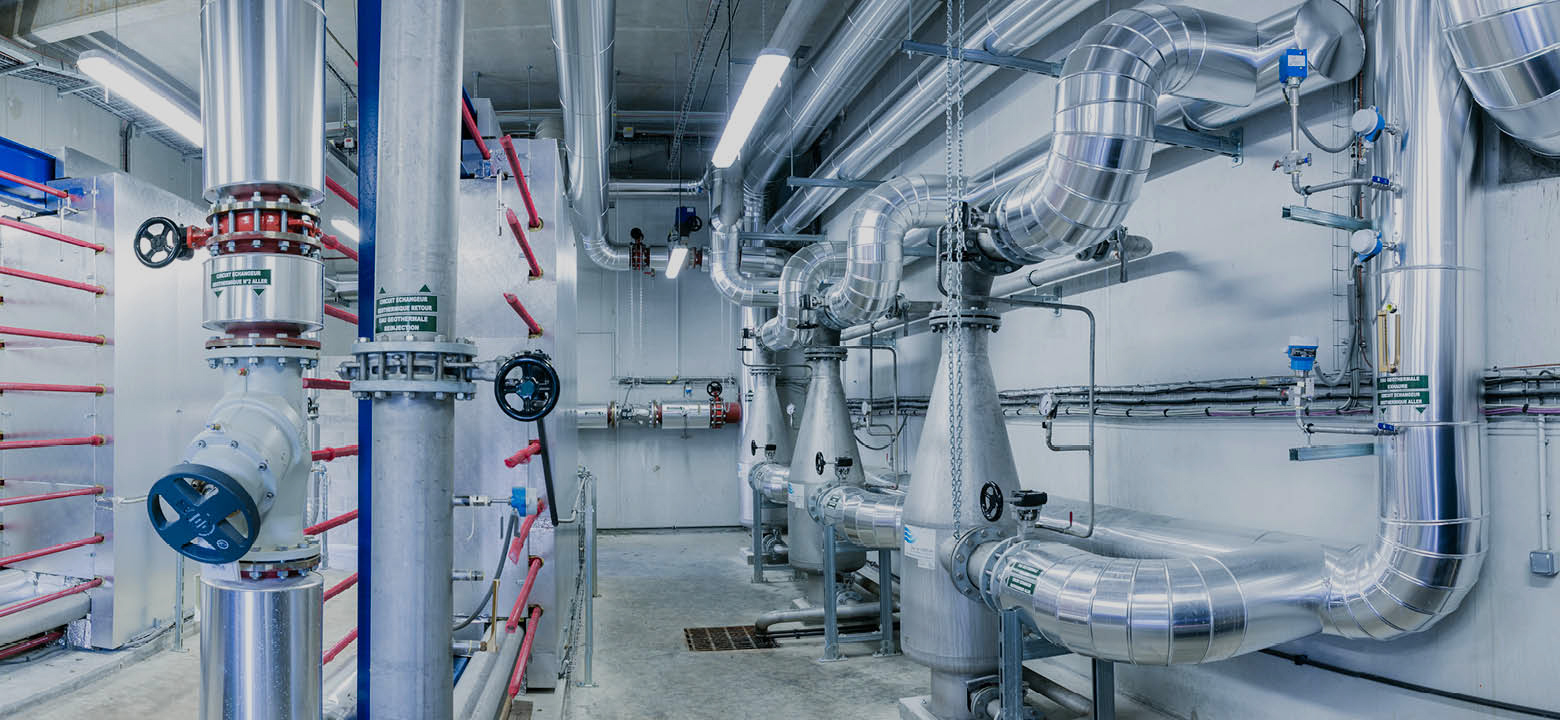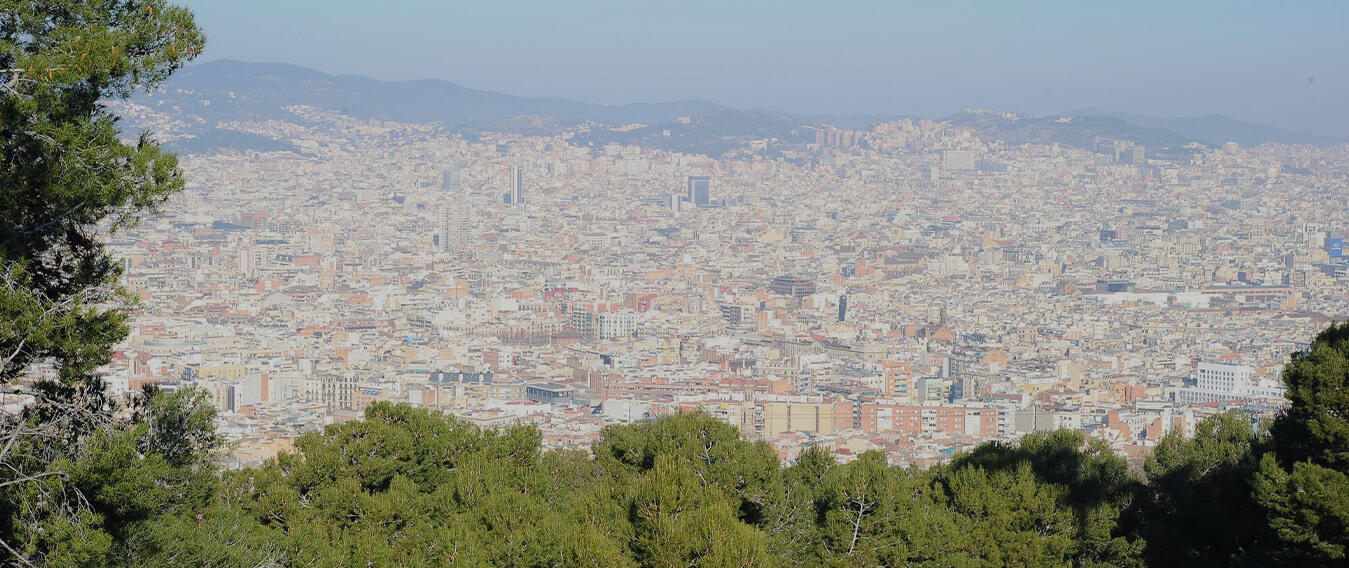We’re once again experiencing extreme heat events in the Northern Hemisphere. What’s your assessment of the situation?
 | Romain Rousselet, |
"Heatwaves are increasingly impacting quality of life, public health, and the economy (due to lower productivity). Dense urban areas are the most affected—especially hospitals, daycares, and public buildings. The risks are particularly high for vulnerable populations: infants, the elderly, those with chronic illnesses, outdoor workers, and others.
These extreme weather events call for rapid, coordinated responses tailored to local needs."
How can we respond to these heatwaves?
 | Alexis Goldberg, |
"Cooling cities has become a public health necessity. To be resilient, cities must adapt by all available means.
Among passive solutions, we have urban greening which creates cooling zones and biodiversity corridors, absorbs CO₂ through photosynthesis, and makes cities more livable. According to Cerema, a major French public agency for urban planning, greening a schoolyard can lower perceived temperatures by 2 to 4°C. Reflective roofs can reduce indoor temperatures by an average of 8°C.
But passive measures alone aren't enough. We also need active solutions—especially alternatives to individual air conditioning. This is where district cooling networks come in: centralized systems that produce cooling on a large scale and distribute it to buildings through chilled water pipelines."
Why are district cooling networks more sustainable than traditional A/C systems?
Romain Rousselet
"On average, district cooling consumes half the electricity, emits half the CO₂, and results in ten times fewer refrigerant leaks than individual air conditioners. The excess heat can also be safely discharged into natural environments like rivers without harming biodiversity."
Alexis Goldberg
"In cities like Bangkok, each building has its own A/C unit. As a result, interiors get cooler... but exteriors get hotter. Hot air expelled by thousands of units turns the city into a pressure cooker, especially at night. The temperature difference between city and countryside can reach 5 to 8°C.
District cooling, by contrast, is a collective, energy-efficient, and intelligent solution. It centralizes production, uses less energy, and doesn’t discharge hot air into the streets."
What role does ENGIE play in all this?
Alexis Goldberg
"We see ourselves as urban energy architects. We combine different solutions and help local authorities design and implement their sustainable energy infrastructure."
Is this a major market?
Alexis Goldberg
"We’re at a turning point, shifting from a focus on thermal comfort to one of territorial resilience. Global demand for district cooling is expected to triple or even quadruple. Right now, there are only about 1,500 such networks worldwide—a tiny number compared to the market potential.
In France, for instance, out of 1,630 TWh of final energy consumption, 600 TWh (nearly 40%) go toward heating and cooling. Yet district cooling accounts for less than 1 TWh. There are about 1,000 district heating networks in France, but only 43 cooling networks.
There’s huge room for growth—especially since the share of renewables in these networks has risen from 33% to over 66% in the past ten years.
In many new urban developments across Asia and the Middle East, district cooling is now included from the very start of planning."
"Global demand for district cooling networks is set to triple or quadruple"
Alexis Goldberg
What are the most promising technologies?
Romain Rousselet
"New possibilities are opening with thermal storage, geothermal energy, and thalassothermal systems, which use water as a heat source. Real-world applications already exist: Paris uses water from the Seine, and Marseille powers its Thassalia plant with water from the Mediterranean. In Levallois, another approach is used: ice storage. Cooling is produced at night when demand is low and used during daytime peaks. This system is vital to ensure continuous service for sensitive sites like hospitals and data centers.
There’s no shortage of innovative ideas, but the full potential of these technologies is far from realized."
Because the market is still maturing?
Romain Rousselet
"Yes. The market has only recently started to scale (about ten years ago), even if some networks are older. The Fraîcheur de Paris network was launched in 1991 to help preserve artworks at the Louvre. Stockholm’s dates from the same period.
In France, the number of networks has doubled over the past decade. The national energy strategy (PPE) projects a tripling of cooling demand by 2035—from 1 TWh in 2022 to 3 TWh."






